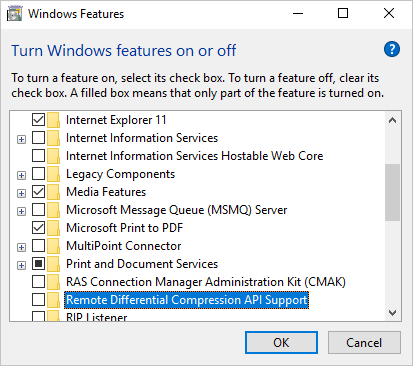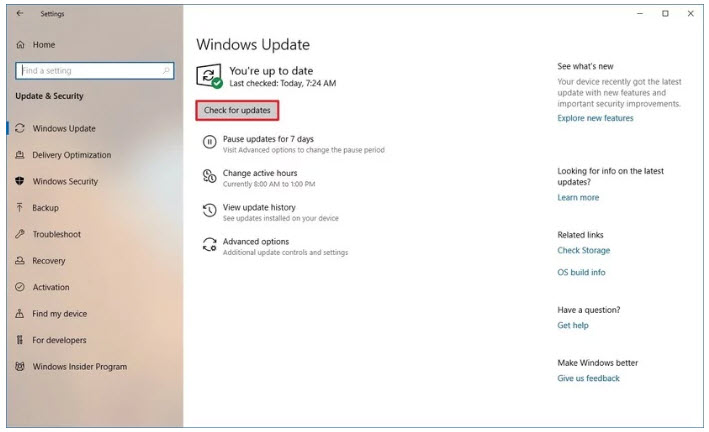

External Firewire 800 drives range from about 65MB/s to 85MB/s for most of the drives that I’ve tested. RAID 0 arrays and SSDs offer much faster options however, these are not typical for most folks (note that SSDs are becoming more prevalent and will continue to do so). Run-of-the-mill spinning hard drives in laptops and desktops deliver anywhere from 60MB/s to 120MB/s read/write speeds in my experience. In many cases, our hard drives can also be a limiting factor. The fastest cards available are XQD cards from Sony’s S-Series that peak at 168MB/s, which is still well below the USB 3 limit. Currently, CF cards max out at around 125MB/s. USB 3 offers sustained data transfer rates of 5Gb/s, which is equivalent to 625MB/s. Effective sustained throughput for USB 2.0 is more like 280 Mb/s or 35MB/s. Additionally, that throughput number is a max number and not a sustained speed that you can expect. In those cases, USB 2 would be bottlenecking some speed. Accordingly, the fastest cards are faster than the best that USB 2 can give us. USB 2 offers data transfer rates at a max of 480 Mb/s, which is equivalent to 60 MB/s. This can make matching up camera and memory card speeds alongside transfer devices (USB 2 vs. So, right off the bat we are looking at two different standards by which the speed of our peripherals is measured. One MB/s is equivalent to the transfer speed of eight Mb/s. Tracing the source of the bottleneck involves looking at which point has the slowest data transfer rate or read/write speed.ĭata transfer (e.g., over cabling) is most commonly measure in Mb/s (or, megabits per second), while read/write speeds of memory cards and hard drives are discussed in MB/s (or, megabytes per second). USB 2 can definitely be a bottleneck however, a slow card can also be a problem.

Usb 3 transfer rate slow how to#
Now, onto the specifics of his questions and to breakdown the technical jargon so we can make sense of how to get the fastest memory card transfers for our ever-growing file sizes…
Usb 3 transfer rate slow pro#
There is a Thunderbolt SxS card reader for the pro video market however, it is currently listed as discontinued.) And, if so, would upgrading to a new iMac with USB 3.0 and a Thunderbolt fix the problem if he had a USB 3 or Thunderbolt card reader? (To my knowledge, there are no Thunderbolt CF or SD card readers shipping at the time of this article. He was using a USB 2 card reader and wondered whether that could be the culprit. I recently received a question from a reader about a slow import process from his memory cards into Adobe Lightroom. It seems we’ve got all kinds of numbers, specs and measurements to look at when it comes to sizing up the speed of our memory cards and computer peripherals. A common problem for many photographers is understanding memory card speeds, hard drive speeds and data transfer rates.


 0 kommentar(er)
0 kommentar(er)
